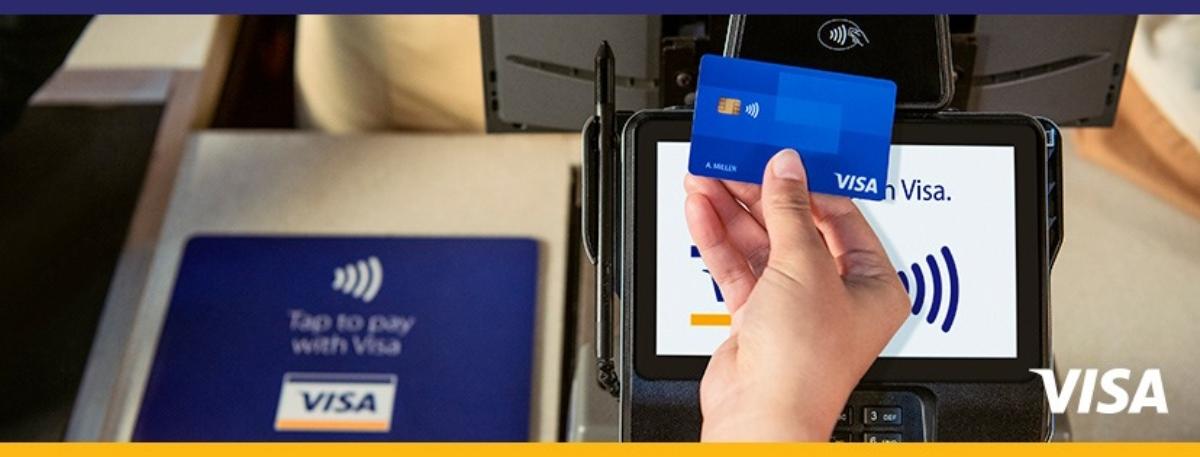Which Credit Card Should I Pay Off First? Card Payment Strategies
Credit card debt can be a burden. Here are two popular methods for deciding which credit card to pay off first. Learn how to tackle your debt.
Feb. 9 2022, Published 11:09 a.m. ET

For people looking to reduce overall consumer debt, paying off credit cards is always a priority. Credit cards tend to have higher interest rates than other loans. It can be easy to let the balance get out of hand, especially when you have multiple cards. No matter how much debt you have, knowing which credit card to pay off first is key.
In terms of credit card payoff, perhaps the most important thing is to actually pay down the balance completely. If you max out a credit card, paying it off quickly is essential. Carrying large credit card balances causes higher interest charges. For those with multiple cards, the choice often comes down to paying the debt off faster or paying smaller amounts first.
There are two debt pay-off strategies—snowball and avalanche.
Although it can be tough to save money and pay off debt at the same time, getting rid of credit card debt will free up money for other goals and improve your credit score. Two popular terms in the debt payoff world are the debt “snowball” and the “avalanche.”
In the debt snowball, popularized by Dave Ramsey, borrowers list all of their debts and pay off their smallest dollar amount of debt first. They pay off ever-larger amounts until it’s all gone. So, if you had three credit cards with balances of $500, $2,000, and $10,000, you’d pay off the $500 debt first.
The rationale for the snowball method is that it provides you with small wins early on in your debt repayment journey. This boosts motivation to continue paying off debt, which might be a multi-year process. The snowball rationale can simplify paying bills because you can reduce the number of accounts that you have to pay each month.
As CNBC reported, the debt avalanche is recommended for people who want the method that should save them the most money. Here, you would pay off higher-APR credit cards first, regardless of the balance on each card.

Do you have to use the debt snowball or debt avalanche?
Both of the top pay-off methods have their advantages and disadvantages. The decision will likely come down to your personality. If you think you would enjoy celebrating small wins, paying off credit cards from the smallest to largest balances might be best.
However, if you prefer to maximize savings, starting with the highest interest rate card might be best.
You don’t even have to settle for either the snowball or avalanche method. It's possible to pay off credit cards in any way that you like. The main thing is to pay the minimum balance every month on every card, then use any extra money to pay off as much as possible.
Once you’ve paid off all the cards, aim to only use them if you can pay the full credit card balance every month.
The debt snowball method has pros and cons.
The pros of the debt snowball method are:
It helps with motivation.
It's easier for some people to focus on amounts instead of interest rates.
The cons of the debt snowball method are:
It might take longer to pay off your debt.
You might pay more in interest.
What are the pros and cons of the debt avalanche method?
The debt avalanche method has the following pros:
You pay less overall due to interest rates.
You might finish paying off debt quicker.
The cons of the debt avalanche method are:
It might be hard to stay motivated if you're focused on an account with a large balance and high APR.
The process can be more complicated.

